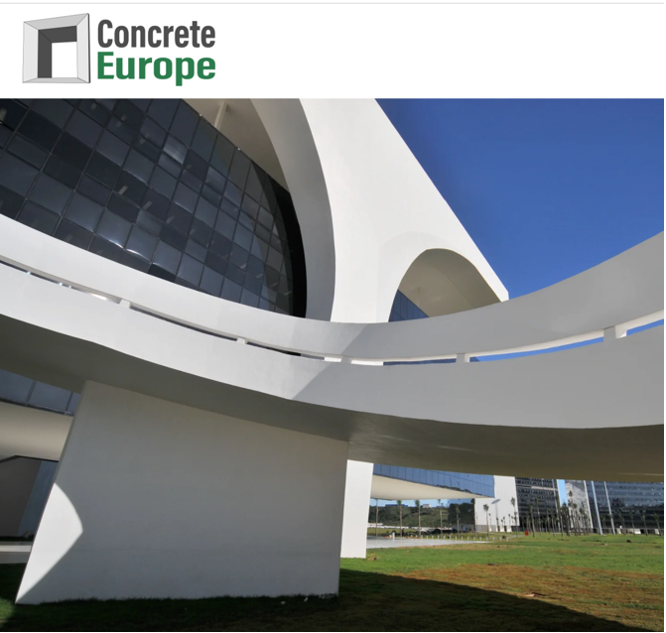2023 will be a crucial year for the built environment in Europe with the publication by the European Commission of the Construction Ecosystem Transition Pathway and the Whole life Carbon Roadmap. This is why the four European associations representing the concrete sector and its value chain – BIBM (the Federation of the European Precast Concrete Industry), CEMBUREAU (the European Cement Association), EFCA (the European Federation of Concrete Admixtures Associations) and ERMCO (the European Ready Mixed Concrete Organization) – have joined forces in a new umbrella organisation: Concrete Europe.The new entity is the successor to The European Concrete Platform and The Concrete Initiative. The membership is open to all EU associations active in the concrete value chain.

Source :https://www.theconcreteinitiative.eu/about-us
In its EU Green Deal communication, the Commission defines Concrete sector as “indispensable to Europe’s economy”. Concrete Europe will continue to convey to the EU stakeholders our sector’s contribution to achieving the goals of the EU Green Deal by:
- Embedded emissions reduction towards carbon neutrality: As highlighted in the CEMBUREAU 2050 Carbon Neutrality Roadmap, our sector aims to reduce its gross CO2 emissions by 30% for cement and 40% down the value chain by 2030. The Roadmap highlights actions and recommended policy frameworks to achieve carbon neutrality by 2050 at every step of the cement and concrete value chain.
- Activated thermal efficiency in buildings through concrete: According to the 3E Study, thermal mass in heavyweight buildings can provide the flexibility to store energy and respond to the needs of the electricity grid by allowing for consumer energy demand to be shifted in time (“active demand response”) through the use of structural thermal energy storage. This can result in up to: o 25% CO2 reduction per dwelling;
- 50% reduction in the need for peak electricity supply capacity;
- 25% increase in renewable energy penetration.
- Concrete as a solution for the circular economy in construction: o Concrete structures can easily last more than 100 years.
- When a concrete structure is dismantled, concrete elements can be re-used, or demolished and crushed and be 100% recycled as aggregates.
- Concrete is mainly manufactured in proximity to the final user and uses either natural, locally available materials, or quality recycled materials.
Source: Press release: Concrete Europe ASBL Rue d’Arlon 55 – 1040 Brussels concrete-europe.eu info@concrete-europe.eu EU Transparency Register N° 875740128184-88

